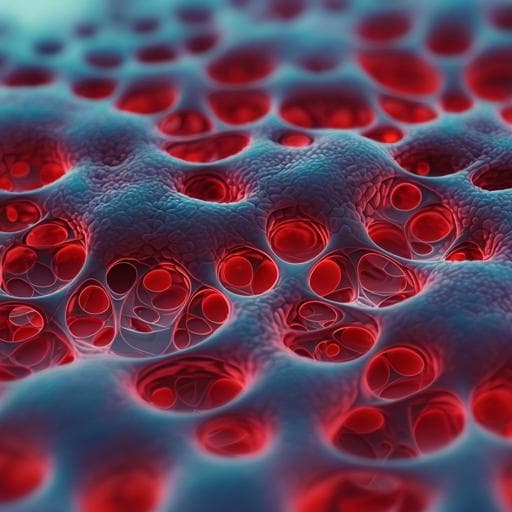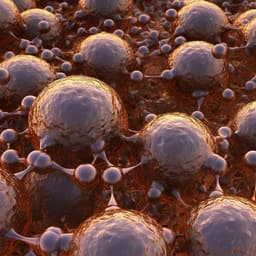
Medicine and Health
Superporous sponge prepared by secondary network compaction with enhanced permeability and mechanical properties for non-compressible hemostasis in pigs
T. Jiang, S. Chen, et al.
Discover how Tianshen Jiang and colleagues have tackled the challenge of developing superporous hemostatic sponges with enhanced permeability and mechanical properties! Their innovative temperature-assisted secondary network compaction strategy results in a sponge that provides rapid hemostasis, superior blood absorption, and fatigue resistance, outpacing current commercial options in pig models. This research paves the way for effective clinical applications.
~3 min • Beginner • English
Related Publications
Explore these studies to deepen your understanding of the subject.







